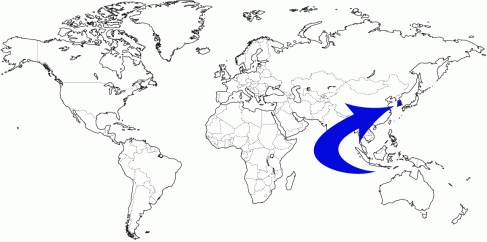Hurdle Task Number Seven
Germany:
Let’s Investigate:
What would a traditional German meal consist of?
A traditional German meal will usually have some sort of meat included. It will also have some form of cooked vegetables and often potato. The other thing it will have is some sort of bread.
Are there any German restaurants in Melbourne? If yes, what are their names and where are they?
Hofbräuhaus – CBD
Muttis – Carlton
German Club Tivoli – Prahran
Bratwurst Shop & Co – West Melbourne and CBD
Zimt Patisserie Bakery Café – Surrey Hills
Gourmets Table Swiss… – Lilydale
The Austrian Club – Rosanna
Cuckoo Restaurant – Olinda
Other than schnitzel, what other traditional meals are common with Austria?
Some traditional meals of both Austria and Germany include tafelspitz, salzburger nockerln, sachertorte and linzertorte.
Berlin is the capital of Germany, what are 3 other ‘famous’ cities in Germany, and why or what are they famous for?
Vienna – In Vienna you can find the fourth largest museum of art history in the world called the Kunsthistorisches Museum. It is visited by one and a half million people each year and holds painting such as Hunters in the Snow and The Artists Studio.
Cologne – The cologne chocolate museum or Imhoff-Stollwerck Museum has been running for the past hundred years or so. When visiting guests can go on a tour of all three levels seeing everything from hundred year old chocolate moulds to a tropical enclosure where the cocoa beans can be seen growing on trees to the 12ft chocolate fountain.
Munich – This is known as the birthplace of Mozart. It is also the home to the Neuschwanstein Castle which was built by King Ludwig II and is the castle in both Sleeping Beauty and Chitty Chitty Bang Bang.





